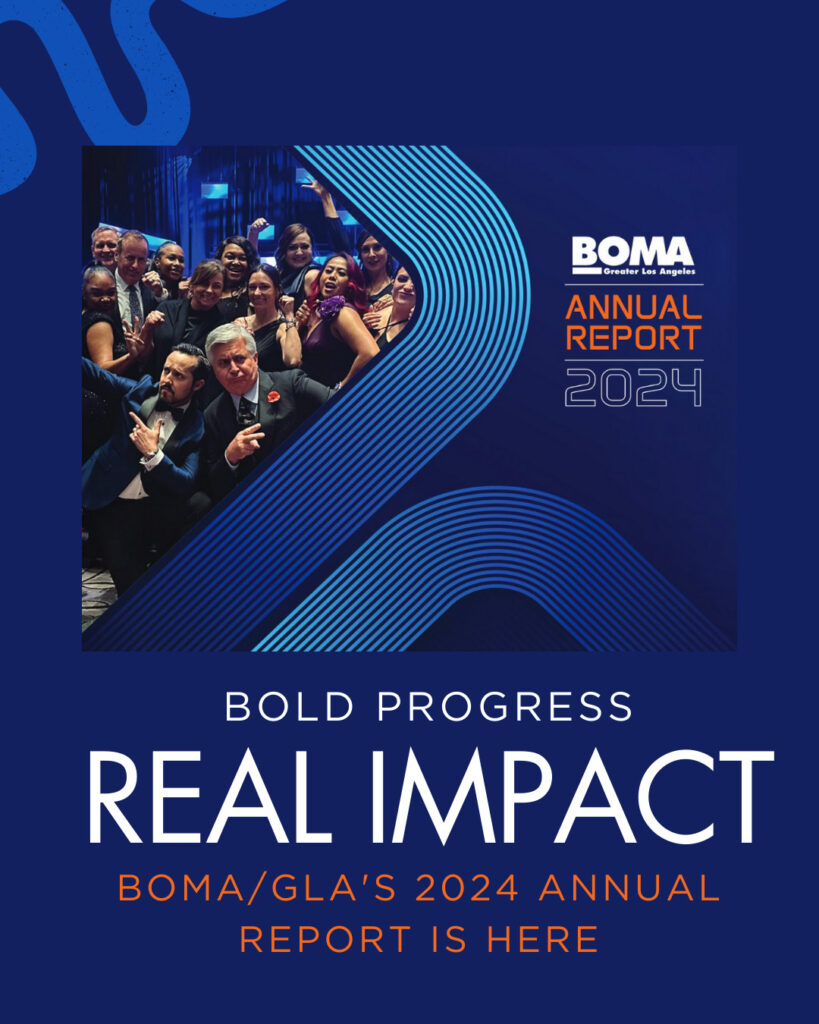The Costly Code Challenge Facing California Buildings

Join BOMA/GLA’s Codes and Regulations Policy Briefing – November 6th, 7:30–9:00 AM
California’s adoption of ASHRAE Standard 15 has created costly design challenges for commercial buildings—especially those undergoing retrofits.
The current code requires fully ventilated refrigerant shafts, a mandate that can add millions of dollars in costs to high-rise and retrofit projects.
The good news: a newly approved ASHRAE Addendum (15-2024 Addendum A) provides an exception to this requirement, offering a path to lower retrofit costs while still advancing the state’s low-carbon refrigerant goals.
Unfortunately, California’s current adoption timeline could delay this update until 2029 or even 2032—a costly wait for the industry and a missed opportunity for both climate progress and affordability.
What You’ll Learn
Join building codes expert Bob Raymer for an inside look at efforts to fast-track this critical update, reduce compliance burdens, and deliver major cost savings for property owners and managers.
You’ll hear how BOMA/GLA, alongside the California Business Properties Association (CBPA) and other industry partners, is working to build a coalition to accelerate adoption of this code change statewide.
This discussion will cover:
-
Why California’s delayed adoption process creates unnecessary financial strain
-
How Addendum A can unlock significant savings for projects
-
What property professionals can do to support this fast-track initiative
Why It Matters for Property Managers
For new construction and retrofits alike, code adoption timelines directly impact project feasibility and long-term investment strategies.
Understanding the mechanics of these standards—and how advocacy can change them—helps our industry save both time and money while continuing to lead on sustainability.
Don’t miss this important briefing.


Join our Codes and Regulations Committee in the new year to help be an advocate for policies that keep buildings safe, sustainable, and financially viable.



